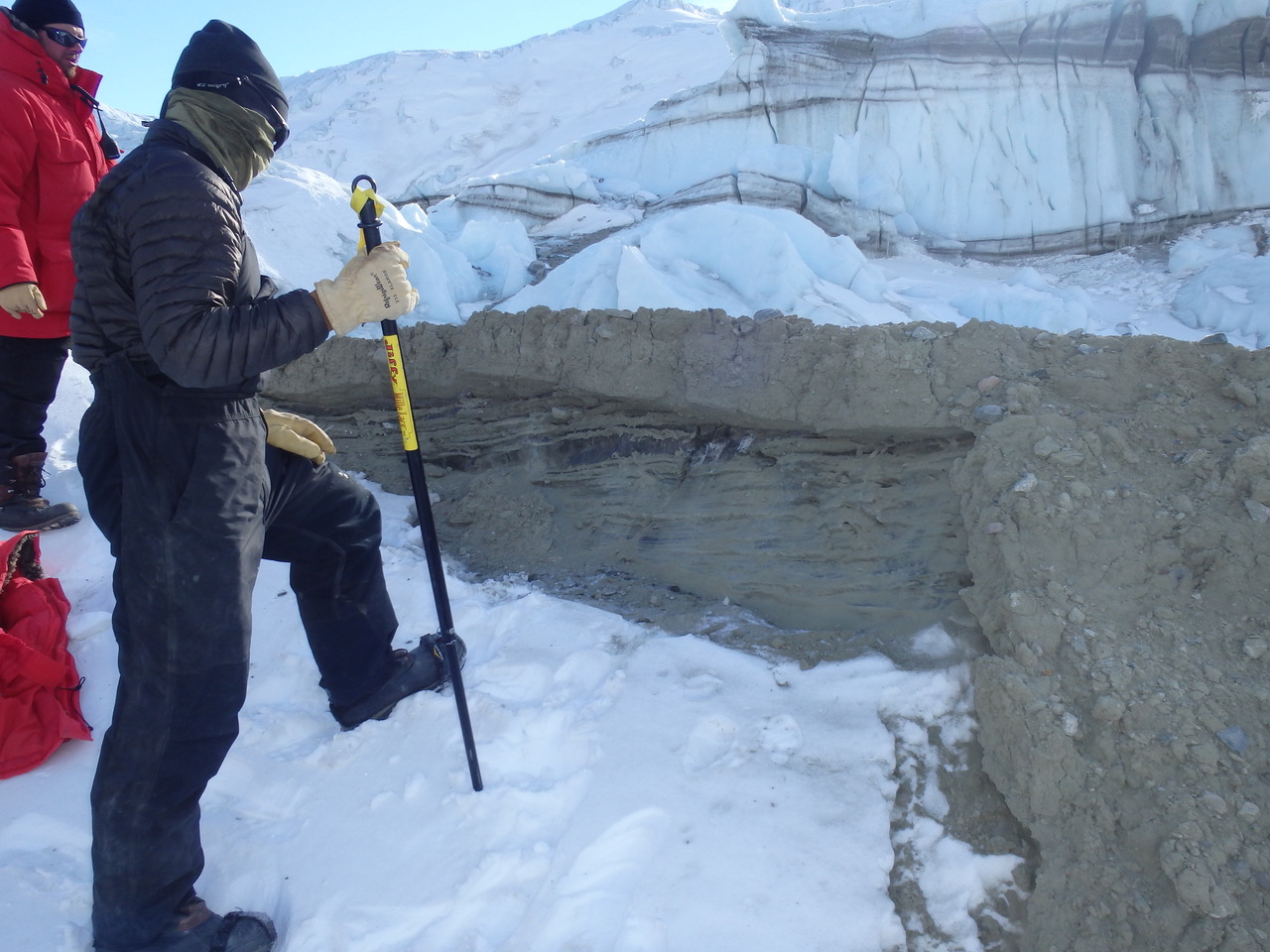
Geochemical and Isotopic Evidence for the Escape of Ice Sheet Fluids
Physical and Biological Sciences
Senior Thesis for Earth and Planetary Sciences
The isotopic similarities between fluids beneath the East Antarctic Ice Sheet (EAIS) and the
subglacial discharge found at the snout of Taylor glacier, one of the outlet glaciers located hundreds of
kilometers away, implies that subglacial fluids may transit across this incredible distance. Such a model
is consistent with the imaging, by airborne transient electromagnetic (ATE), of high salinity fluids at the
10 base of Taylor glacier to at least 5.75 km up-glacier from the snout, where ATE resolution fails (Mikucki
et al., 2015). The transit of subglacial discharge could also be detected through the examination of basal
ice, which has been hypothesized to form by subglacial freeze on of fluids at the ice-rock interface. We
test these ice formation models as well search for direct evidence for the passage of subglacial discharge
beneath Taylor glacier through examination of the elemental and U-Series isotopic compositions of basal
15 ice from Taylor Valley and compare with the compositions for regional lakes, streams, bedrock, and
subglacial brines. For example, the basal ice from Suess Glacier, an alpine glacier draining a local
accumulation zone in the Asgard Mountains, has 234U/238U and major element compositions nearly
identical to surface waters and local silicates indicating mechanical entrainment of surface salts into basal
ice by a cold-based formation mechanism. In contrast, the 234U/238U isotopic and major element
20 composition of basal ice from Taylor Glacier is consistent with a mixture of the same surface salts and
the englacial brine known as Blood Falls, confirming the passage of EAIS-derived subglacial brines
beneath Taylor Glacier. Fluids maturate beneath the EAIS for hundreds of thousands of years and emanate
at Taylor Glaciers snout. Our major, minor, and trace element data confirm these fluids come from
beneath the ice and link their presence to the movement of ice and the formation of basal ice implying
25 Taylor Valley is not just an outlet for Taylor glacier, but also for EAIS fluids.